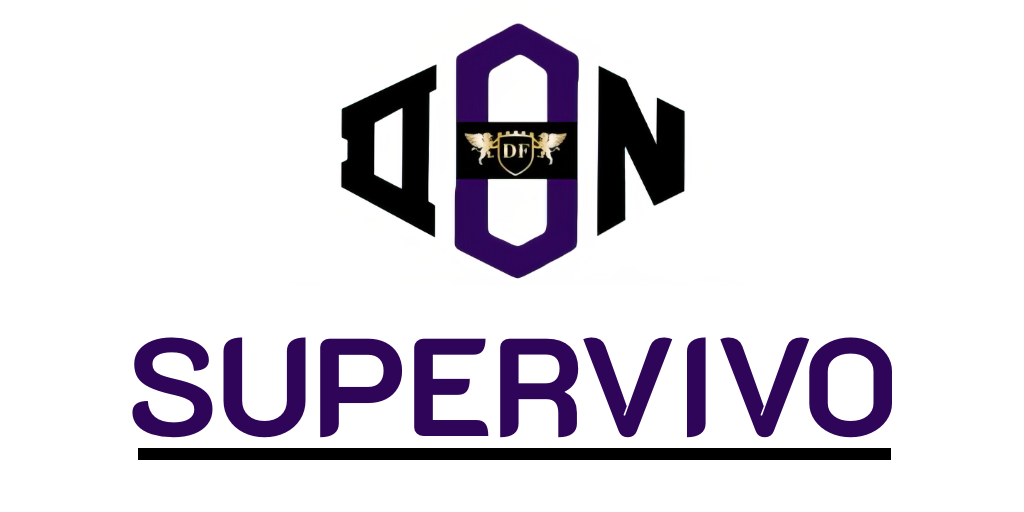The advent of drone technology in emergency services signifies a transformative shift in how healthcare can be delivered during critical situations. As we explore whether drones can indeed revolutionise emergency medical response, it becomes increasingly evident that these unmanned aerial vehicles offer a rapid and efficient solution for transporting vital medical supplies to remote or hard-to-reach locations. The integration of drone technology within emergency medicine drone services is not merely a futuristic concept; it is becoming a tangible reality that can enhance response times and patient outcomes. As regulations evolve to accommodate this innovation, the synergy between technology and life-saving measures is set to reshape the landscape of emergency medical response.
The Role of Drone Technology in Emergency Services
Drone technology is making strides in revolutionising the landscape of emergency services. Equipped with advanced features such as GPS, sensors, and cameras, these unmanned aerial vehicles (UAVs) enhance their capability to respond swiftly to crises. Innovations in battery life and payload capacity have further solidified the potential of drone technology for medical aid.
Understanding Drone Technology
At their core, drones function through autonomous navigation or remote control, facilitating rapid delivery of essential supplies during emergencies. This technological advancement ensures that resources reach those in need without excessive delays, creating a more effective emergency response system.
Current Applications in Emergency Response
Across various regions, the implementation of drone applications in emergency response has shown remarkable results. For example, in rural communities, drones have been vital in delivering defibrillators promptly during cardiac emergencies. Companies like Zipline have pioneered this approach in nations such as Rwanda and the United States, transporting blood, vaccines, and medical supplies more quickly than traditional methods. These ground-breaking efforts display the profound impact of current applications of drones in emergency services, offering hope and potentially saving lives in critical situations.

Can drones revolutionize emergency medical response?
Several compelling case studies highlight the transformative potential of drone technology in emergency medical services. Evidence from various regions demonstrates how innovative implementations can enhance healthcare delivery, ultimately saving lives.
Case Studies of Successful Implementations
In Sweden, medical drones have successfully transported supplies to remote islands. This initiative slashed resource access time by an astonishing 80%, showcasing a significant leap in service efficiency. Such case studies on drone applications in healthcare reveal the technology’s capability to bridge critical gaps in medical supply chains.
Similarly, the drone service in Tanzania plays a pivotal role in delivering blood supplies to hospitals. This system ensures that critical transfusions can take place in rural areas, where access to blood can often be a challenge. The significant improvements in healthcare access through such successful drone implementations in emergency medical services emphasise the vital role drones can play in modern healthcare systems.
Uses of Drones in Medical Emergencies
The integration of drones into medical emergency services presents a groundbreaking solution for timely response and efficient resource distribution. The uses of drones in medical emergencies have evolved rapidly, particularly in the realm of delivering essential supplies and transporting critical materials, like blood and organs. This innovative technology can transform how healthcare providers respond to urgent medical situations.
Delivery of Medical Supplies
Drones excel in the emergency medical supply delivery via drone, facilitating rapid access to essential items such as medications, vaccines, and first aid kits. This capability proves invaluable in situations where ground transport may face delays due to traffic or environmental obstacles. Drones can drastically reduce the time taken for these lifesaving supplies to reach those in need, allowing healthcare professionals to act more swiftly in critical situations.
Transporting Blood and Organs
The necessity for quick and reliable transport of blood and organs is paramount in medical emergencies. Drones can significantly enhance the efficiency of these operations, with pilot programmes demonstrating that delivery times for organ transplants and blood transfusions can be reduced to less than half an hour. This capacity not only improves patient outcomes but also optimises the overall logistics of medical emergency responses.
Benefits of Drones in Healthcare
The integration of drone technology into healthcare presents transformative advantages, significantly impacting emergency medical services. With their innovative applications, drones contribute to enhanced efficiency and effectiveness in critical situations.
Increased Response Times
Drones offer remarkable improvements in response times during medical emergencies. They enable rapid assessment and swift delivery of essential medical supplies, ensuring that help arrives when it is most needed. Researchers indicate that drones can reduce delivery times dramatically, from several hours to just minutes, particularly in rural or inaccessible areas. This feature highlights the benefits of drones in healthcare, as faster response times can be lifesaving.
Cost-Effectiveness in Emergency Medical Services
The cost-effectiveness of drone medical delivery is another noteworthy benefit. Operating drones incurs significantly lower costs compared to traditional emergency medical service vehicles. This reduction in expenses not only includes savings on fuel but also logistics costs. Drones enhance efficiency, potentially leading to fewer critical resource shortages, which is vital for any emergency response framework.
Challenges and Limitations of Drone Implementations
The incorporation of drones into emergency medical services faces significant obstacles. These challenges of drone usage in emergency services stem from both regulatory frameworks and technological capabilities. Understanding these limitations is vital for future advancements in this field.
Regulatory Hurdles
The success of drone applications in healthcare is frequently undermined by regulatory hurdles in drone implementations. Navigating airspace restrictions, variances in legislation governing Unmanned Aerial Vehicles (UAVs), and the establishment of robust safety protocols complicate the deployment of drones for emergency purposes. Furthermore, inconsistent regulations across different regions create additional barriers that hinder the seamless integration of drone technologies.
Technological Limitations
In addition to regulatory concerns, various technological limitations of drones in healthcare impact operational efficiency. Factors such as battery life, payload capacity, and navigation accuracy can severely restrict the capability of drones. Current models may struggle with adverse weather conditions, limiting their effectiveness for long-distance missions. As advancements continue, addressing these technological constraints remains essential for optimising drone utilisation in medical emergencies.
Future Prospects for Drone Applications in Emergency Response
The future prospects of drones in healthcare look remarkably promising as we witness unprecedented advancements in technology aimed at enhancing emergency response systems. Innovations such as improved battery efficiency and enhanced payload capabilities are on the verge of revolutionising the landscape of medical aid. As emerging drone technologies in emergency response continue to evolve, we can anticipate a seamless integration of these devices into existing frameworks, ultimately transforming conventional patient care methodologies.
The potential advancements in drone applications are not merely theoretical; they’re becoming tangible through collaborative efforts between tech firms and healthcare providers. This synergy is expected to facilitate the widespread adoption of drone technology, progressively embedding it into urban environments where traditional emergency services face greater challenges. Such investments will not only optimise response times but also reduce the strain on existing medical infrastructure, making for a more resilient health system.
In the coming years, the potential for drones to play a pivotal role in emergency medical services will be realised. These innovations are set to empower healthcare professionals and save lives, marking a significant leap forward in how we approach emergency responses. With the commitment of various stakeholders, the vision for a future robustly supported by drone technology is closer than ever, promising a transformative shift in the realm of healthcare delivery.









